
We Use Recycled Wool For Our Blanket Collections—Here's Why
Key Takeaways:
- The recycled wool in these blankets is sourced from repurposed garments and surplus textile stock, extending their lifecycle and reducing landfill waste.
- Unlike resource-heavy virgin wool, recycled wool uses existing materials, making it a more environmentally friendly option.
- Recycled wool is especially durable and low-maintenance, ideal for both outdoor adventures and cozy indoor lounging.
- This material supports sustainability by being biodegradable and reducing reliance on virgin textiles, reinforcing Grampians Goods Co’s eco-conscious mission.
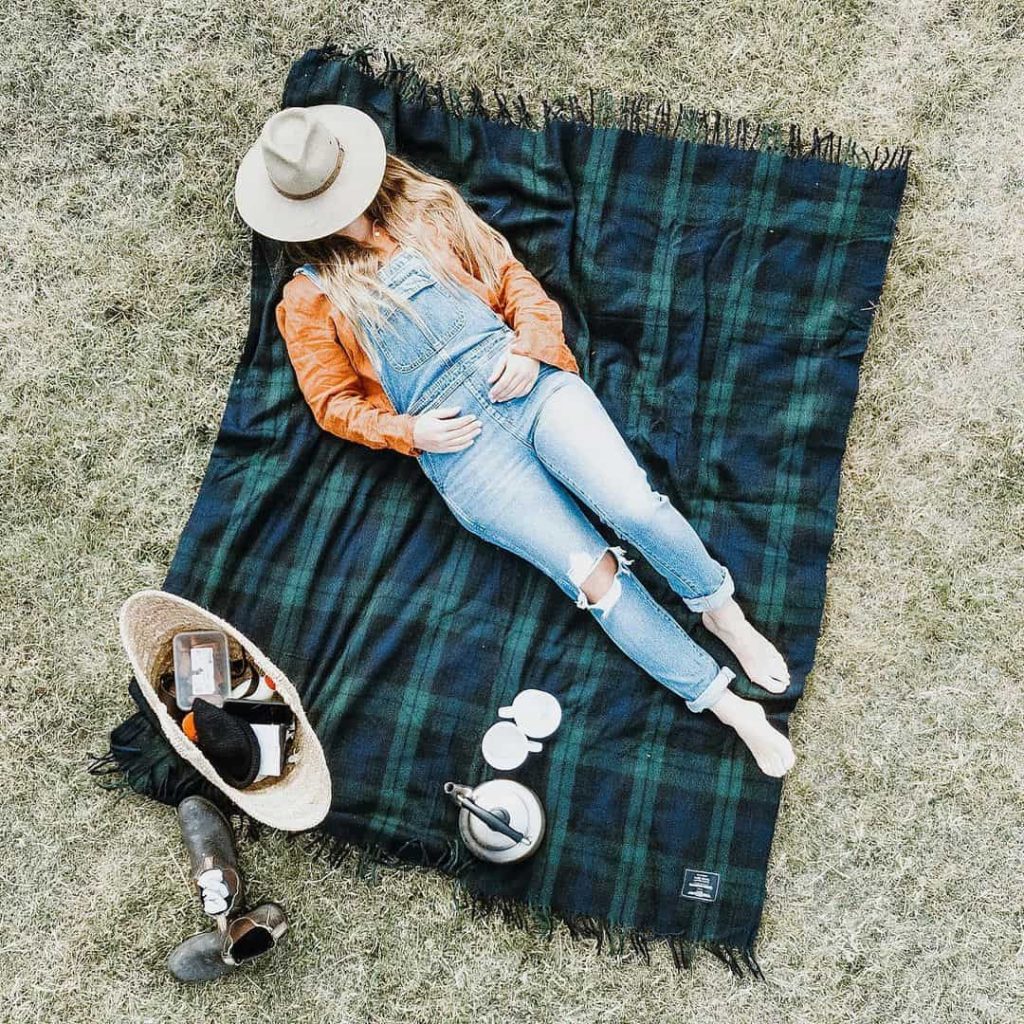
Recycled wool is durable and resilient, making it perfect for our tartan, check and herringbone wool blankets, as well as our adventure blankets and pillows, intended for rugged outdoor adventures with a touch of luxury.
But not only is it a perfect material for us to use, it’s also an inspired way to divert wool garments from landfill and add potentially decades to their lifetime.
And with the conscious consumerism movement booming, we know that there's a growing appetite for clear information about our clothes and their impact on people, communities and the planet.
Learn about recycled wool and why we love using it for our tartan, check and herringbone blankets.
Contents
Click on the links below to take you straight to the section you’re interested in.
- What’s Recycled Wool and How Is it Different from Virgin Wool?
- When Did Recycling Wool Become ‘A Thing’?
- Is Recycled Wool Better for the Environment?
- What Kinds of Products Are Available in Recycled Wool?
- Our Sustainability Commitment at GGCo.
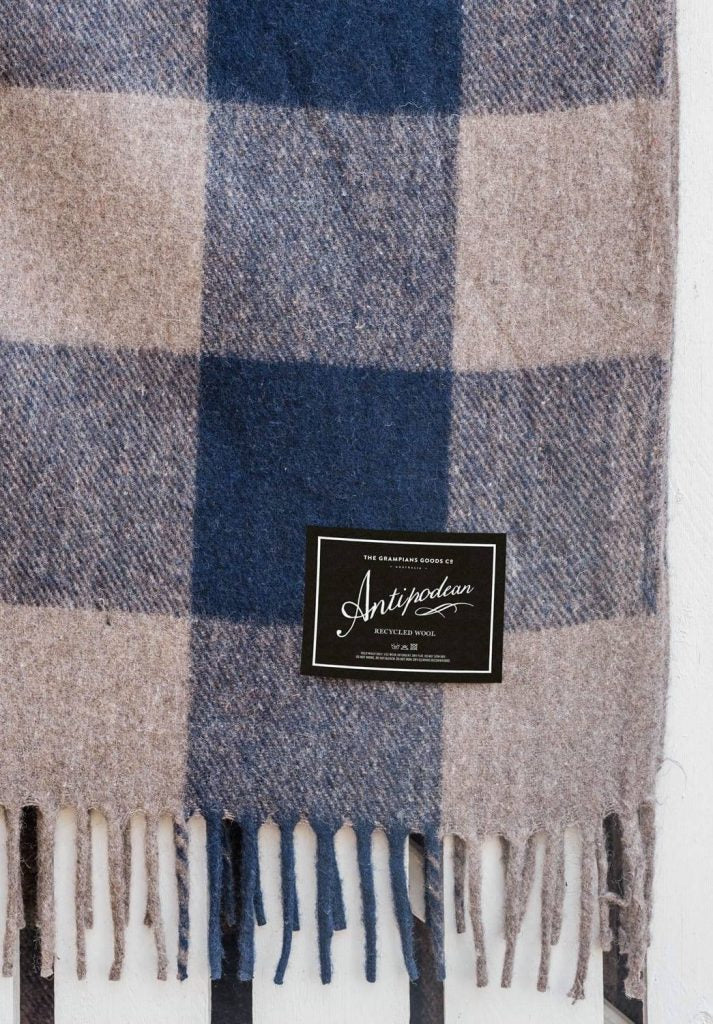
What’s Recycled Wool and How Is it Different from Virgin Wool?
The term ‘recycled wool’ (also known as ‘reclaimed wool’) has three principal meanings.
Firstly, it can describe wool waste that has been converted back into its raw fibre state, and then into a yarn that can be used to create new woollen products.
Secondly, it might be describing wool that has been repurposed into new uses, such as mattress padding or building insulation.
And finally, recycled wool might refer to wool products that have been creatively turned into something new, such as a pair of wool hiking socks that have been turned into an edgy patchwork bag.
Our recycled wool tartan blankets are made from yarn that has been converted from pre-loved, worn out wool garments like socks and old wool jumpers, and perhaps more importantly, excessive surplus end-of-line stock from some of the world's largest fashion conglomerates that would've otherwise been headed for landfill.
Virgin wool, on the other hand, is new wool that’s in its first use, and that is yet to be recycled. It can also refer to the wool that comes from a lamb's first shearing, but that’s a less common definition of virgin wool.
Virgin wool can be stronger and softer than recycled wool because it hasn’t undergone the recycling process, which alters the structure of the wool fibre.
That being said, the production of virgin wool is resource-intensive, which is why we love using recycled wool for our wool blankets, instead of relying on production of new materials as part of our supply chain.
When Did Recycling Wool Become ‘A Thing’?
Whilst people have been recycling wool for centuries, it hasn’t always been common-practice.
Moving into the 19th century however, demand for wool grew, with changing fashions and improved industrial textiles equipment.
When the Second World War came along, all available wool resources were reserved for the war effort, meaning that the supply wasn’t able to keep up with the demand.
And so, it was at this time that recycled wool became a popular option amongst textile manufacturers and individuals making their woollen garments.
These days, using recycled wool is seen as an opportunity to lower the carbon footprint of garment production, by prolonging the life of the fibre, rather than a necessity brought on by global hardship.

Is Recycled Wool Better for the Environment?
Short answer, it’s complicated.
Like all mass-produced materials, producing virgin wool has a large impact on the environment.
Wool however, is readily recyclable, meaning that the carbon footprint formed by producing it, can be spread out over potentially 30-40 years, when cared for and then recycled.
Not to mention, wool is biodegradable, so when it does reach the end of its lifetime, it will decompose naturally over a period of one to five years and won’t pollute the environment.
This isn’t the case with synthetic materials like acrylic and nylon, which aren’t easily recycled, and which also release harmful microplastics into our waterways when they decompose.
Another synthetic material, polyester, is more easily recycled, but it’s made from petroleum and takes up to 200 years to break down!
We love that using recycled wool allows us to prolong the life of the wool that already exists on the planet, giving new life and purpose to an existing product that has been cast aside.
We think that’s pretty great, don’t you?
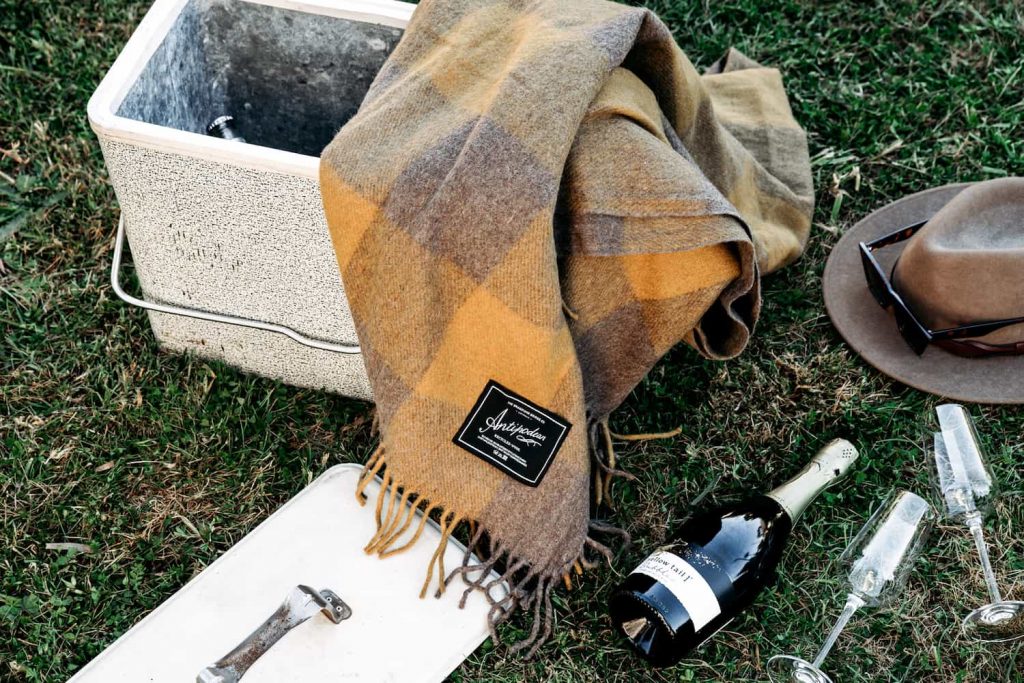
What Kinds of Products Are Available in Recycled Wool?
Recycled wool is less ‘precious’ than virgin wool, lending itself to more robust activities like outdoor adventures, picnics, footy games and road trips.
Having been through a rigorous recycling process, it is more durable and will require less care and maintenance.
Plus, our recycled wool products are soft and cuddly, making them the ideal Netflix and Chill accessory!
For this reason, we love producing the following products with recycled wool:
- Heritage Collection Scottish Tartan Blankets
- Antipodean Collection Picnic Check Blankets
- Herringbone Collection Recycled Wool Blankets
- Heritage Collection All-Weather Adventure Blankets
- Antipodean Collection All-Weather Adventure Blankets
- GGCo. Tartan Paddock Pillow™️
- Tartan Hot Water Bottle Covers
- Grampians Gift Box – Picnic Perfect
These are all gorgeous, luxe travel accessories that can withstand whatever nature throws at you—we recommend stashing a couple in the car for those road trip picnics, and perhaps a couple on the coat rack at the front door (for quick escapes into nature!).
Our Sustainability Commitment at GGCo.
As part of The Grampians Goods Co. vision for the future to offer more eco-friendly products, we’re always seeking out more sustainable ways to bring you the rugged luxe products you’ve come to expect from us.
Learn more about our recycled products and sustainability ethos.

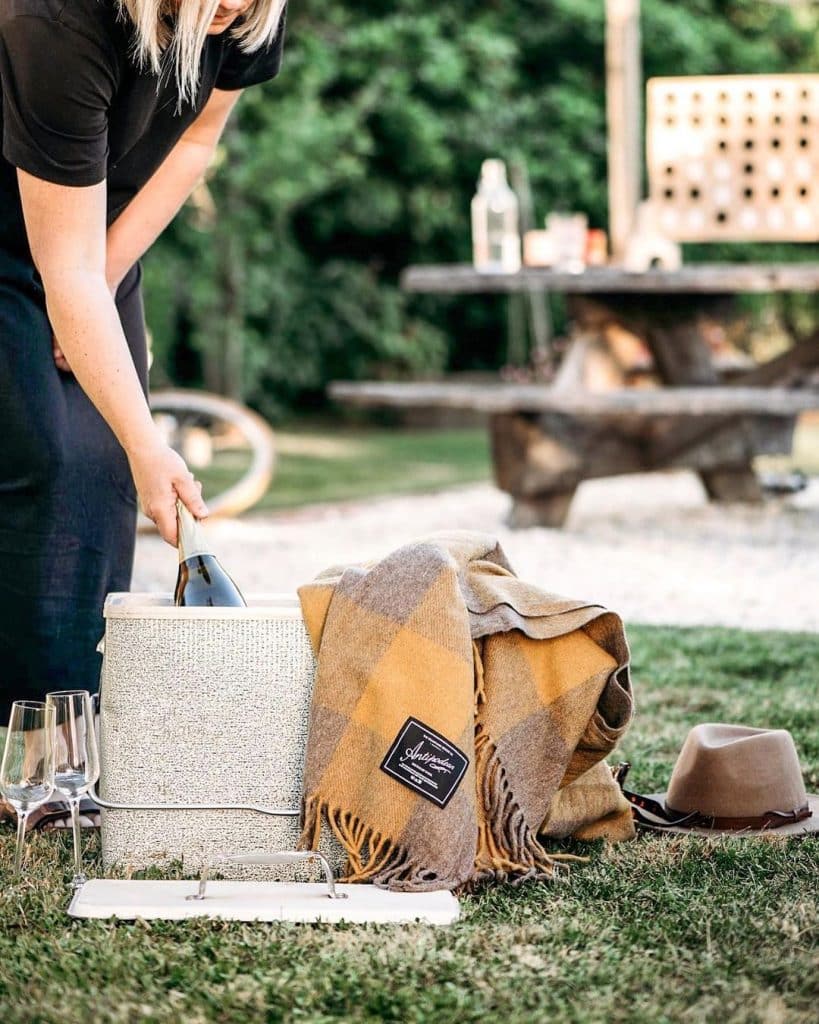
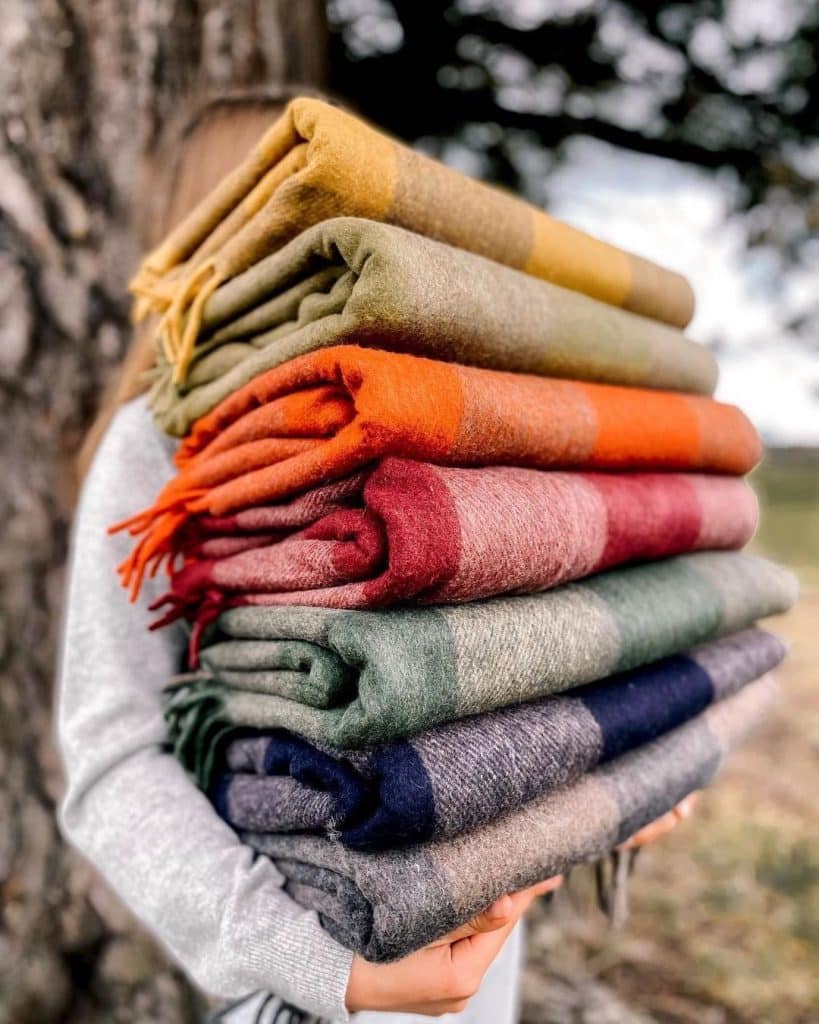



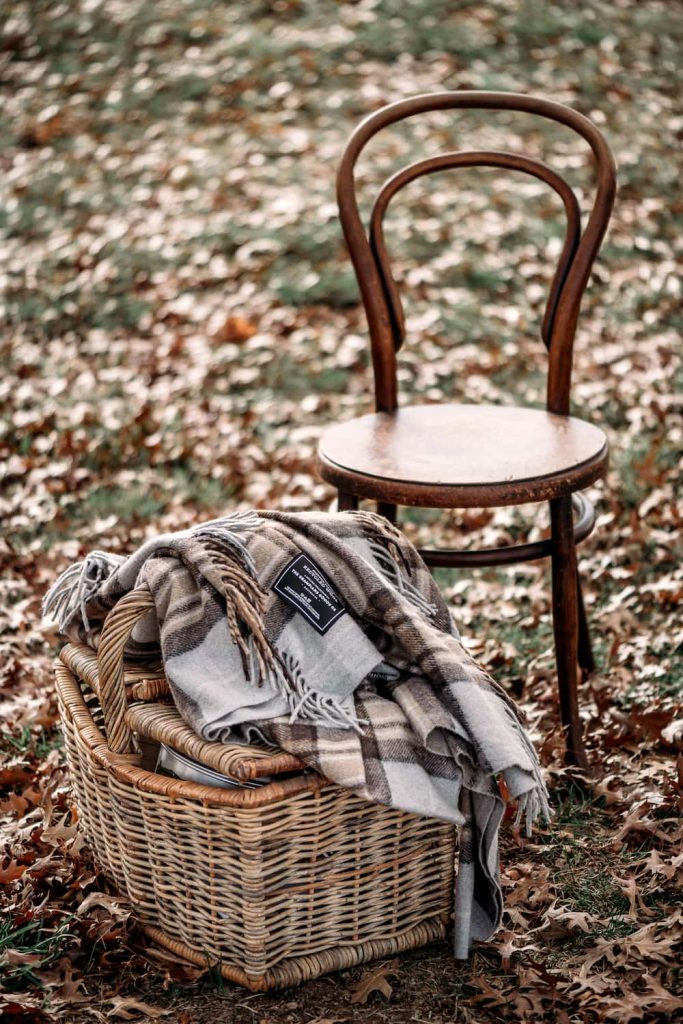

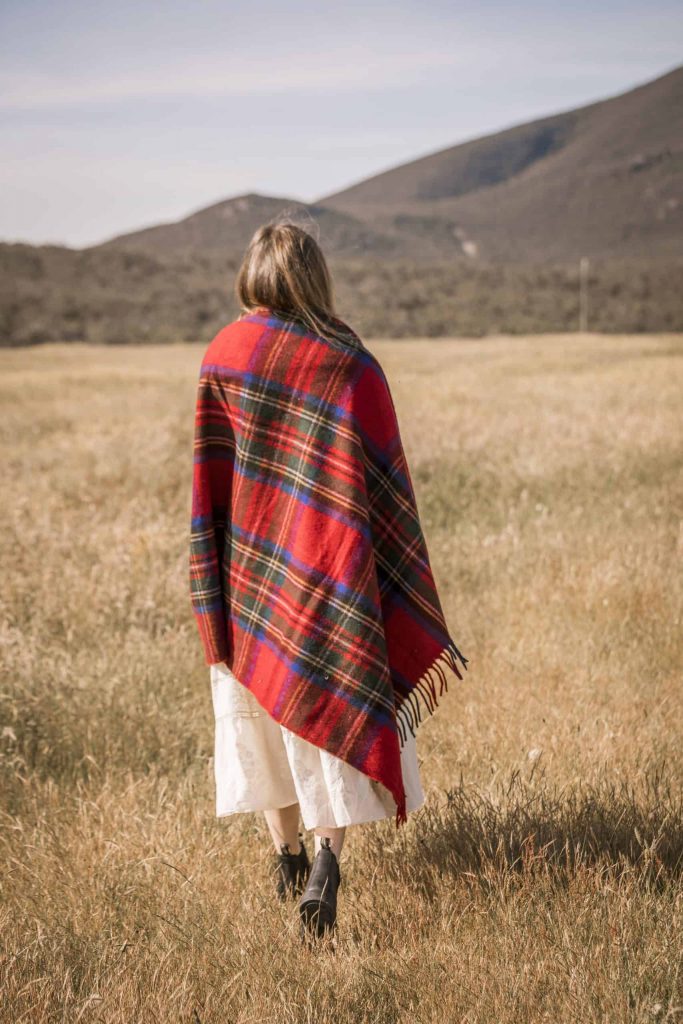
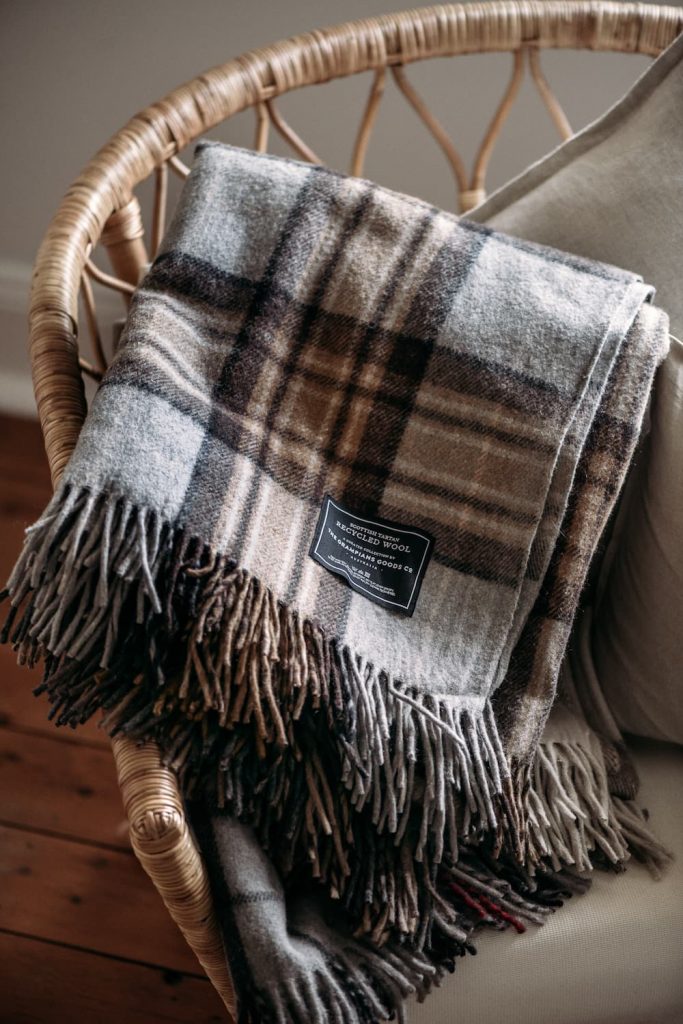

Article Sources
- International Wool Textile Organisation—Recycled Wool
- Wiedemann SG, Biggs L, Clarke SJ, Russell SJ. Reducing the Environmental Impacts of Garments through Industrially Scalable Closed-Loop Recycling: Life Cycle Assessment of a Recycled Wool Blend Sweater. Sustainability. 2022; 14(3):1081.
- Sewport: What is Virgin Wool Fabric: Properties, How its Made and Where
Article photo credit




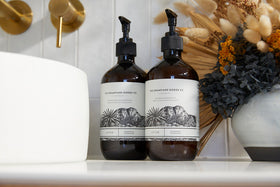
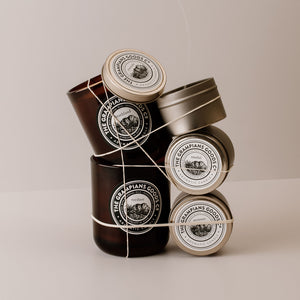

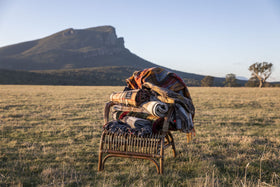
Leave a comment